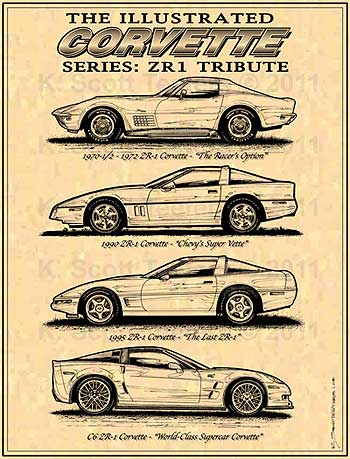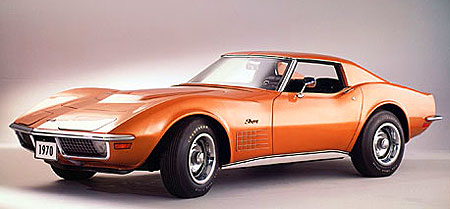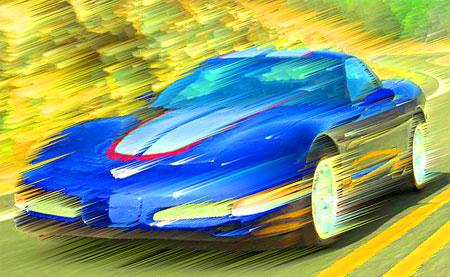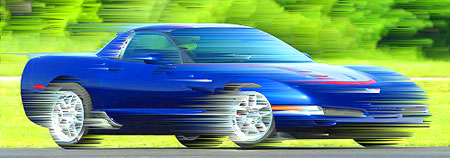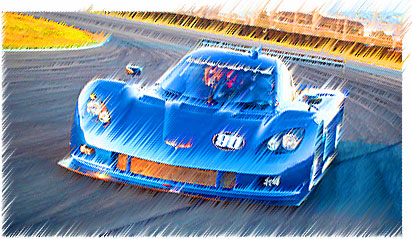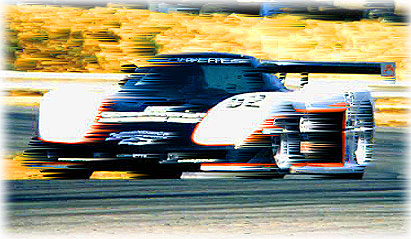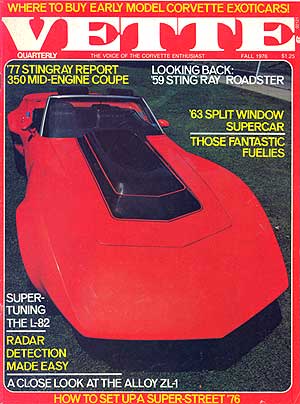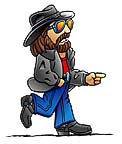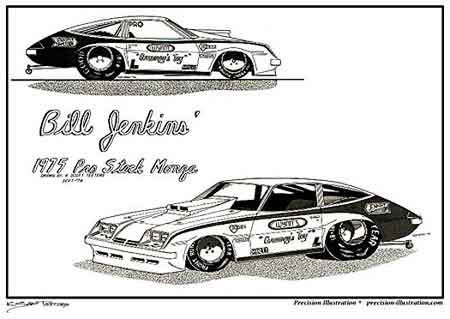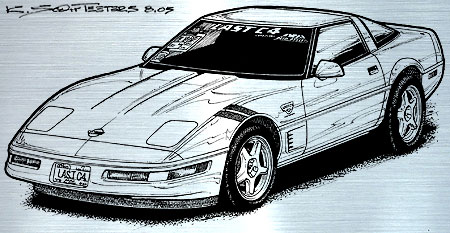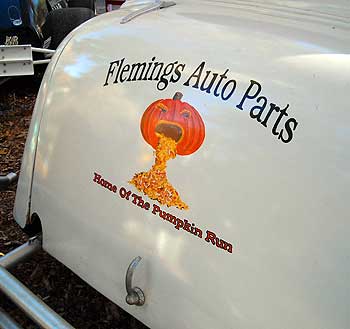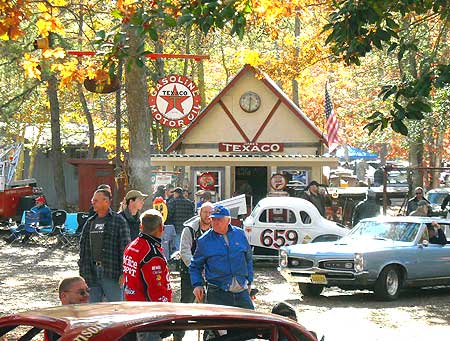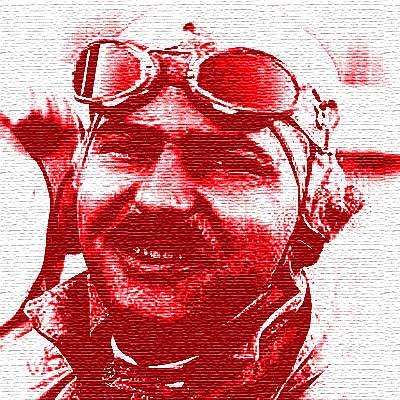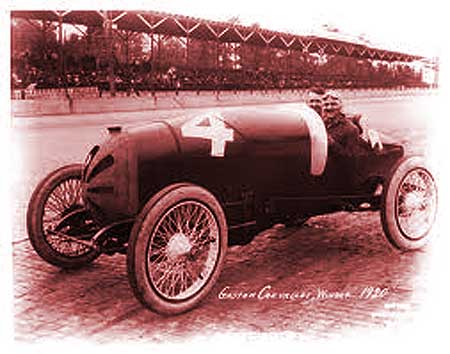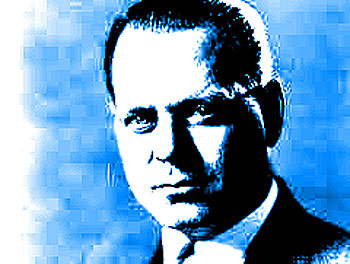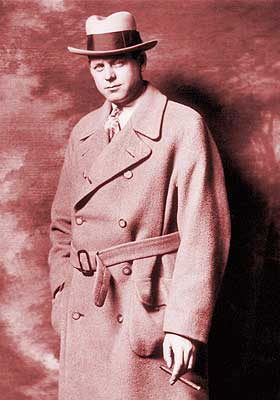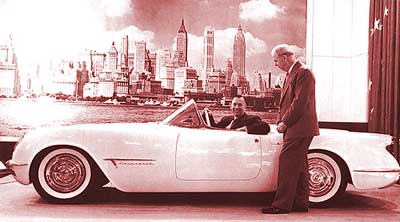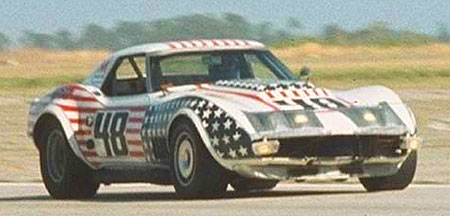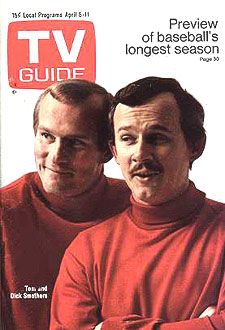Dateline: 12.7.11
“Pearl Harbor Day”
The Frank Winchell rear-engine Corvette gets the Corvette Repair treatment.
 The XP-819 was once a genuime basket case. Literally. The purpose of the car was to prove a point. There was a bit of a pissing contest going on in ‘64 between Zora Arkus-Duntov and co-engineer Frank Winchell. Winchell was part of the Corvair team and had a different religion as to the path to handling glory. Winchell said, “Hang it out the back! It works for Porsche and VW.” Duntov said, “No, the engine needs to be in the middle to keep the car balanced.”
The XP-819 was once a genuime basket case. Literally. The purpose of the car was to prove a point. There was a bit of a pissing contest going on in ‘64 between Zora Arkus-Duntov and co-engineer Frank Winchell. Winchell was part of the Corvair team and had a different religion as to the path to handling glory. Winchell said, “Hang it out the back! It works for Porsche and VW.” Duntov said, “No, the engine needs to be in the middle to keep the car balanced.”
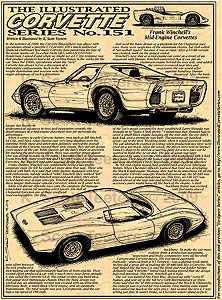 When the topic of mid-engine Corvettes come up, the name “Zora Arkus-Duntov” is almost unanimously, and immediately connecter to the subject. But there was “another guy” that championed mid AND rear-engine Corvettes. That would be, Frank Winchell. I’ve covered the XP-819 and Winchell’s Corvettes in my Illustrated Corvette Series VETTE Magazine column. Most of the Corvette blogs are talking about the newly restored XP-819 by by Kevin Mackay and his team at Corvette Repair. I thought it would be interesting and different to share with you the Frank Winchell / XP-819 story.
When the topic of mid-engine Corvettes come up, the name “Zora Arkus-Duntov” is almost unanimously, and immediately connecter to the subject. But there was “another guy” that championed mid AND rear-engine Corvettes. That would be, Frank Winchell. I’ve covered the XP-819 and Winchell’s Corvettes in my Illustrated Corvette Series VETTE Magazine column. Most of the Corvette blogs are talking about the newly restored XP-819 by by Kevin Mackay and his team at Corvette Repair. I thought it would be interesting and different to share with you the Frank Winchell / XP-819 story.
What I like about this car is that it kind’a-sort’a is cool. It was a very interesting design idea, and the back story between Duntov and Winchell is interesting as well. When researching my stories, I learned that the two engineers with strong personalities, had totally different management styles. Many of Duntov’s coworkers are on record saying that because of his passion of high performance cars and his almost boundless enthusiasm, he was wonderful to work WITH. You worked hard, but Zora made things exciting. (Duntov was such a misfit in General Motors!)
What I learned about Winchell was very insightful. So as to not seem “harsh or bias,” let me first say that Duntov was on record saying the Winchell was a fine engineer and very smart. It should also be mentioned that Winchell was the Chevrolet go-to guy in the early years of Jim Hall’s amazing Chaparral race cars – the pre- Chaparral 2J ”sucker-car” days. Continue reading “The XP-819 REAR ENGINE Corvette Will Get Its Day”

